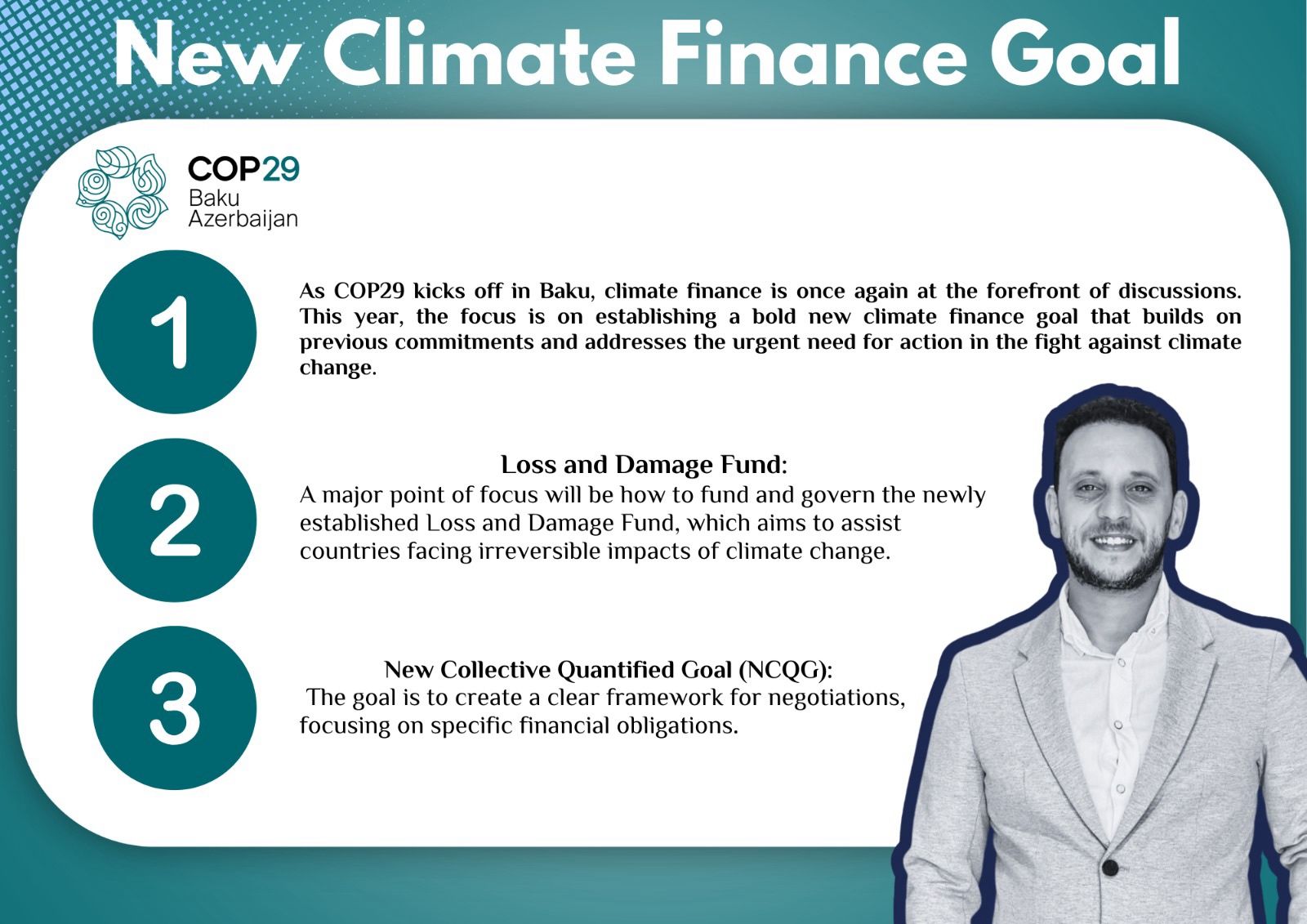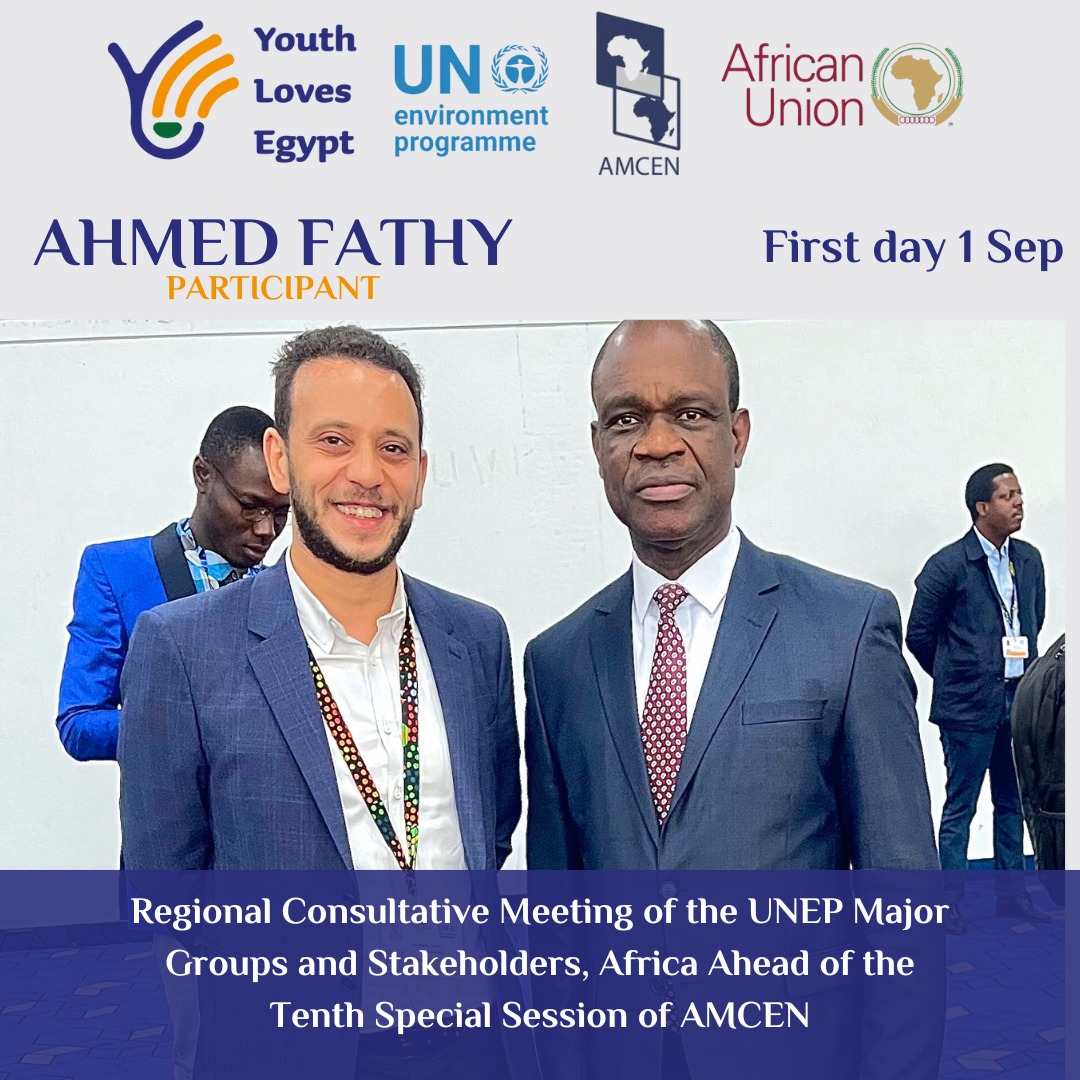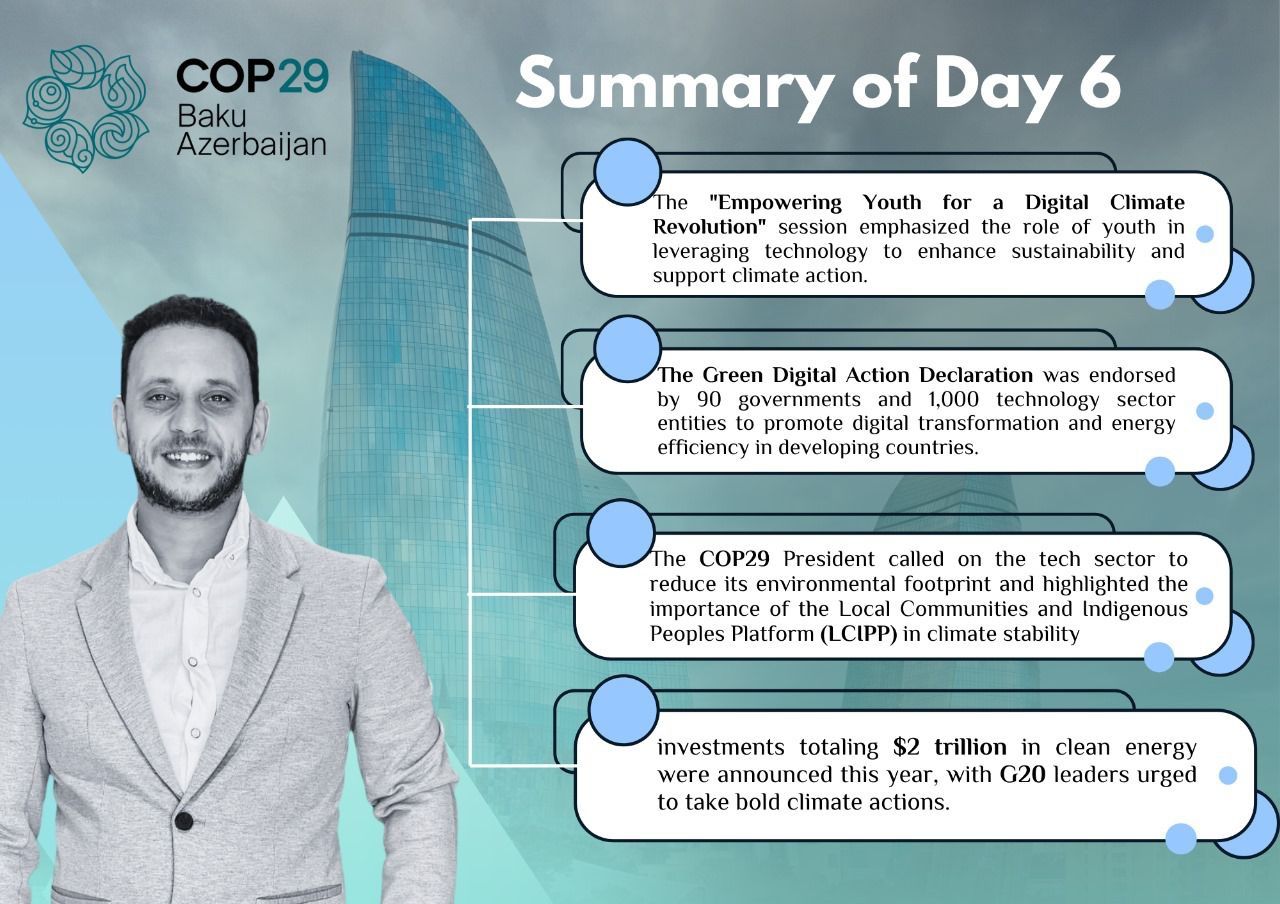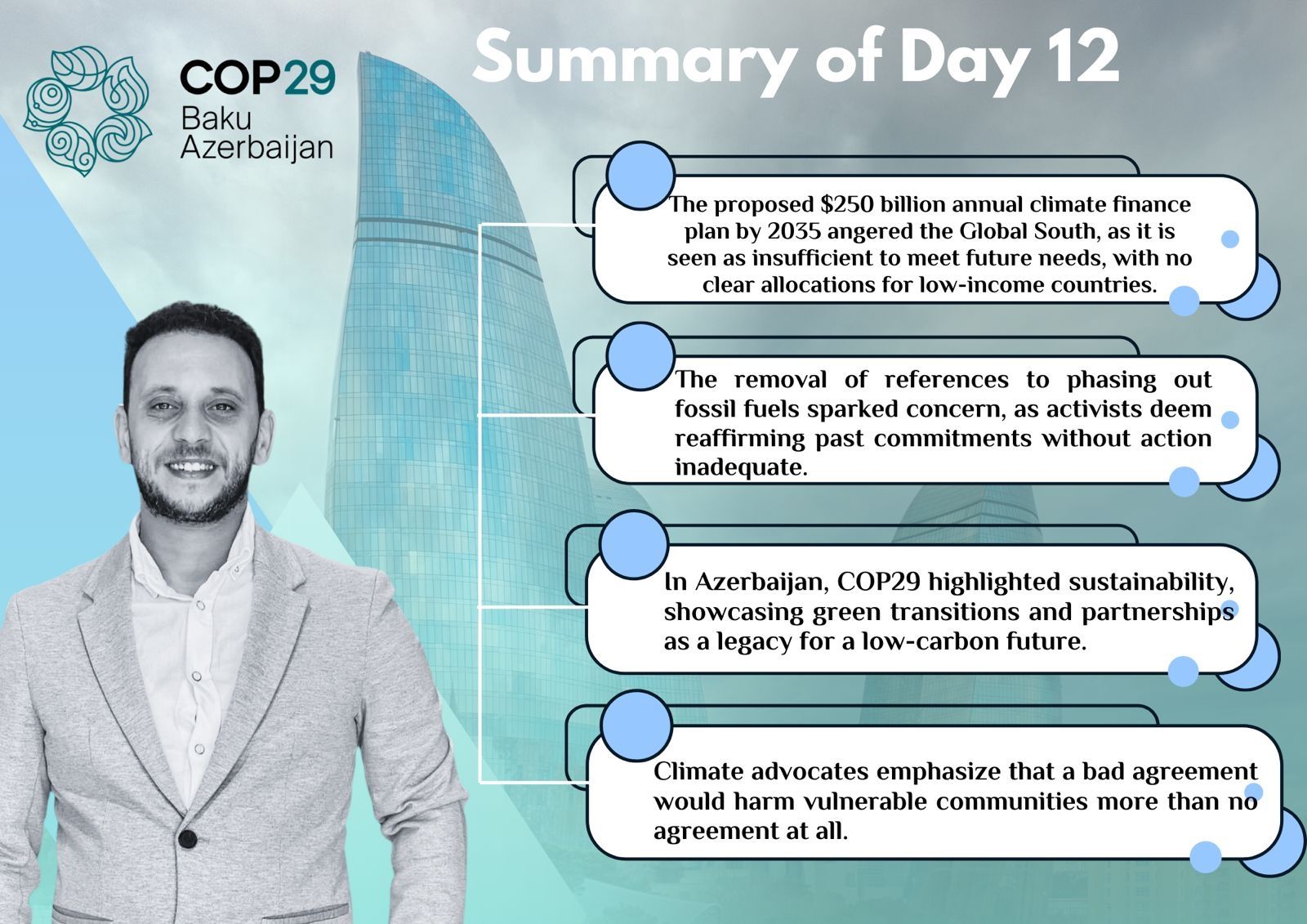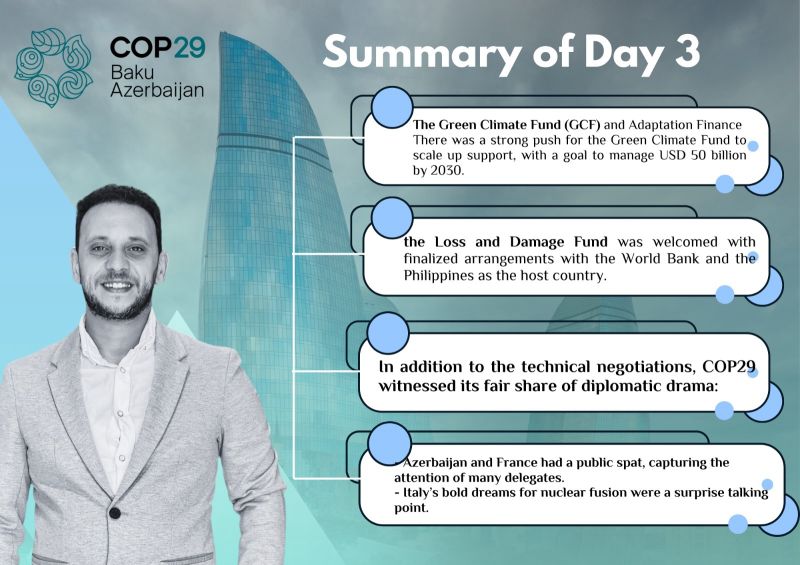As COP29 kicks off in Baku, climate finance is once again at the forefront of discussions. This year, the focus is on establishing a bold new climate finance goal that builds on previous commitments and addresses the urgent need for action in the fight against climate change.
A Quick Recap of Past Milestones
- Kyoto Protocol: Introduced mechanisms like the Clean Development Mechanism (CDM) and Joint Implementation (JI), allowing developed countries to invest in emissions reductions in developing nations while earning carbon credits.
- Copenhagen Accord: Paved the way for the $100 billion annual goal, with developed countries committing to mobilize this amount by 2020 to support climate action in developing countries.
- Paris Agreement: Strengthened the $100 billion goal, calling for balanced funding between mitigation (reducing emissions) and adaptation (helping vulnerable countries cope with climate impacts). It also highlighted the need for private sector involvement and transparent climate finance reporting.
Despite these strides, challenges remain. At COP29, key discussions will center around
- Balancing adaptation and mitigation finance.
- Operationalizing the Loss and Damage Fund.
- Setting new financial goals beyond the $100 billion commitment.
What's New in Climate Finance Goals?
- Some developing countries are pushing for a more ambitious $1 trillion per year by 2030 to cover the rising costs of both adaptation and mitigation.
- Loss and Damage Fund: A major point of focus will be how to fund and govern the newly established Loss and Damage Fund, which aims to assist countries facing irreversible impacts of climate change.
- Innovative Financing Models: Expect to see discussions on creative solutions like debt-for-climate swaps and carbon taxes to unlock additional funding.
However, trust remains a key issue. Many developing nations are calling for greater transparency and accountability to ensure financial commitments are met and properly tracked.
Key Structural Issues and Options on the Table
New Collective Quantified Goal (NCQG): The goal is to create a clear framework for negotiations, focusing on specific financial obligations.
Proposed Goal Options
- Option 1: Set an annual climate finance target between $100 billion to $2 trillion.
- Option 2: Combine public finance with private investments.
- Option 3: A cumulative goal with contributions from a wider base of countries.
Focus Areas
Contributions from Least Developed Countries (LDCs) and Small Island Developing States (SIDS).
Thematic sub-goals on mitigation, adaptation, and loss and damage.
Addressing debt burdens and prioritizing grant-based finance.
Transparency
Enhanced mechanisms to ensure countries uphold their financial commitments through improved reporting and regular reviews.
The world is watching!

